The SIGMA identity Genuinely Made in Japan
“Genuinely Made in Japan” has been SIGMA’s identity since it was founded. It shines through in every aspect of the I series, including the manufacturing, metalworking, and assembly technologies.
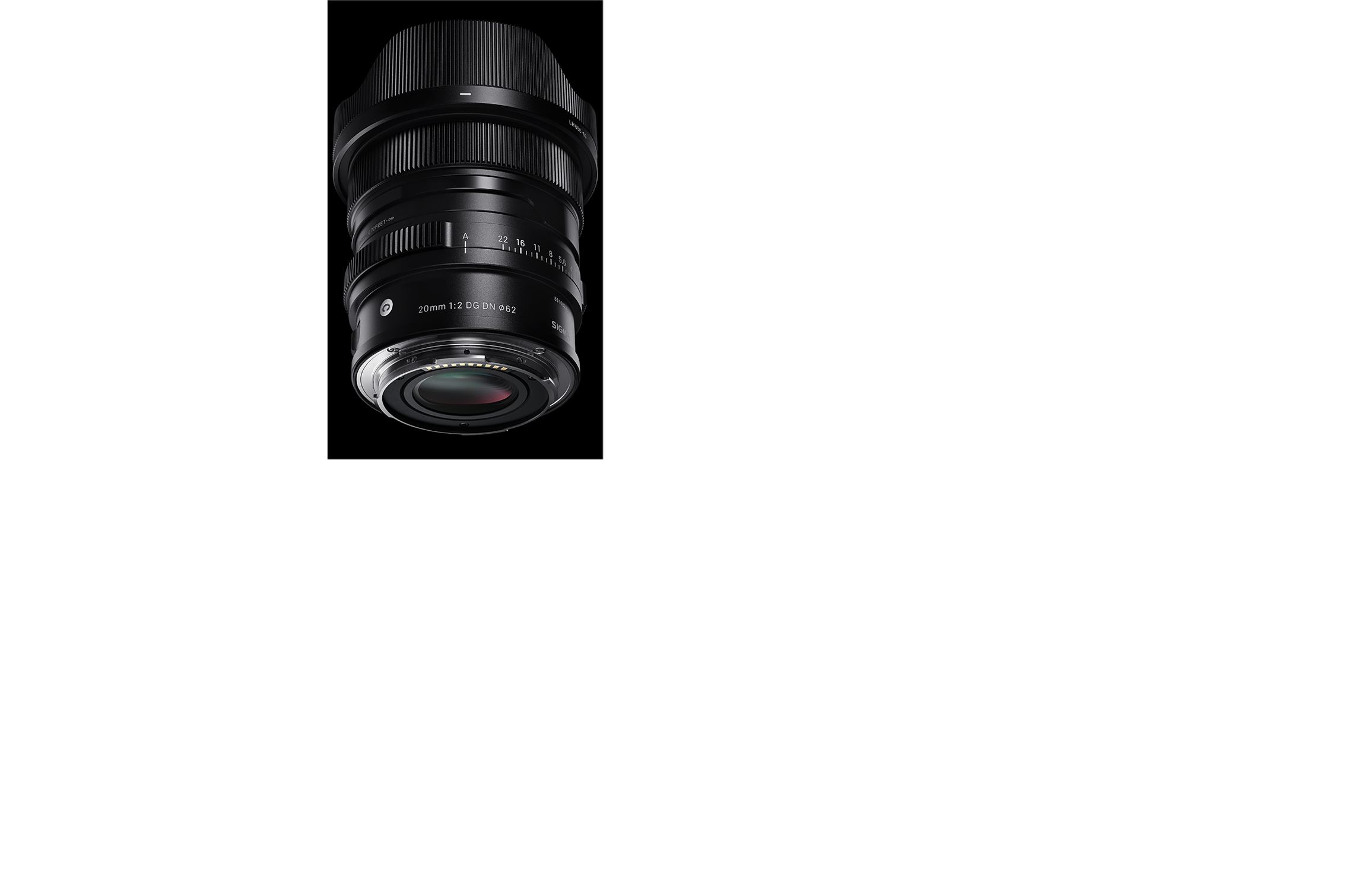
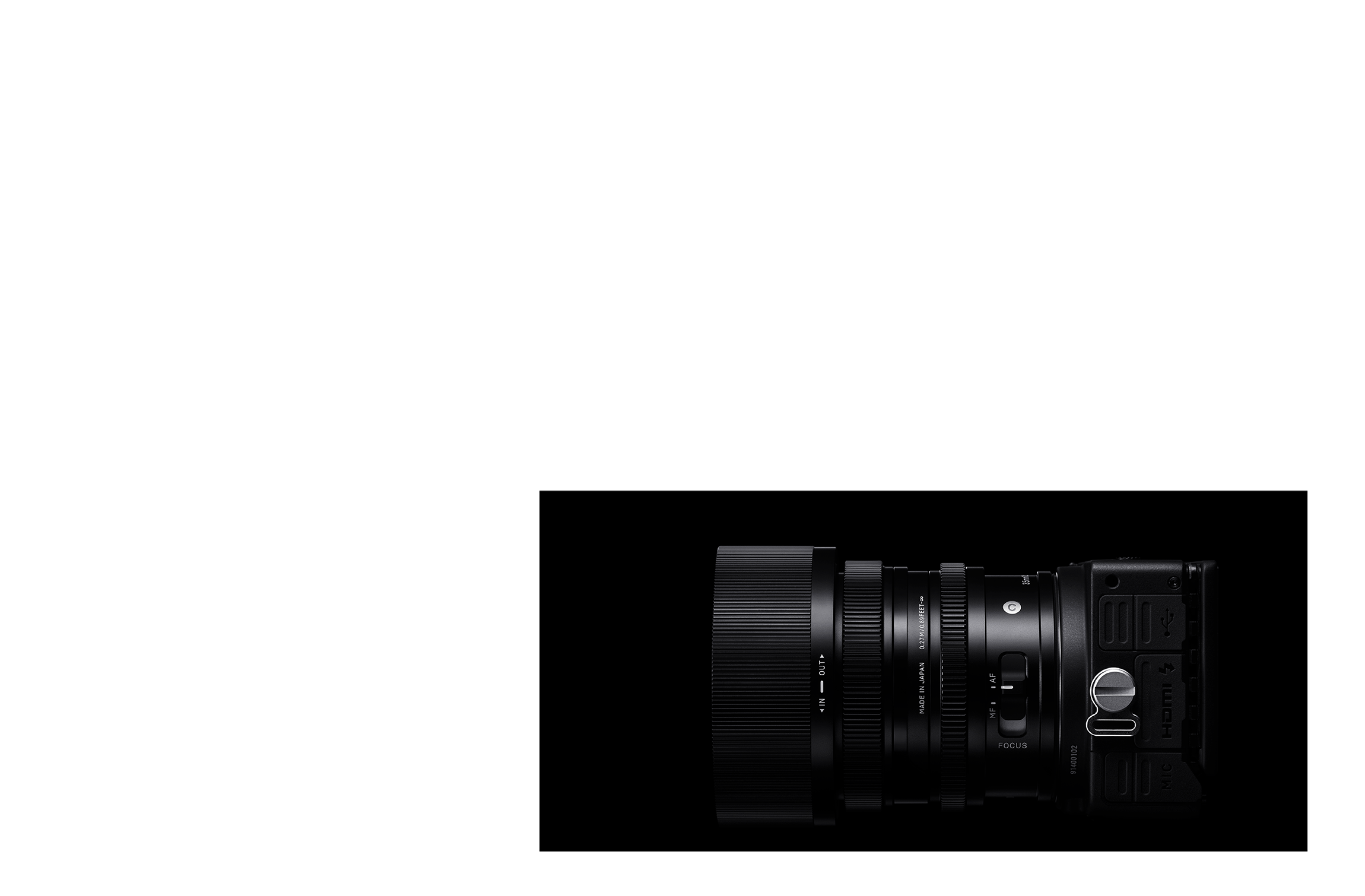

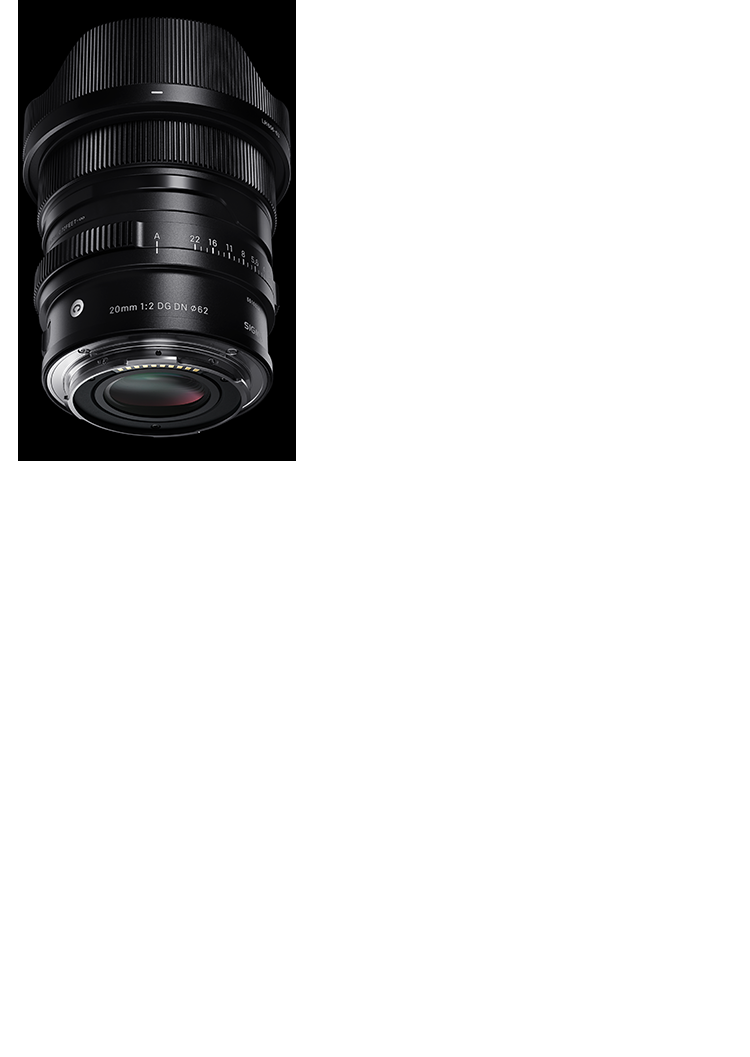
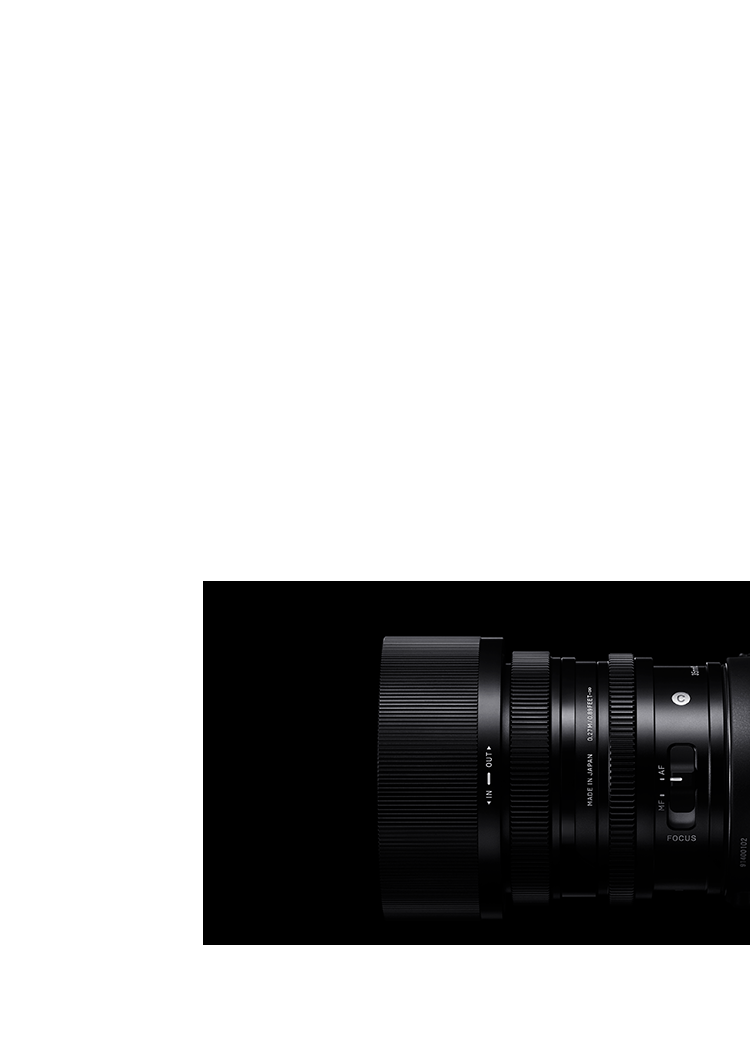

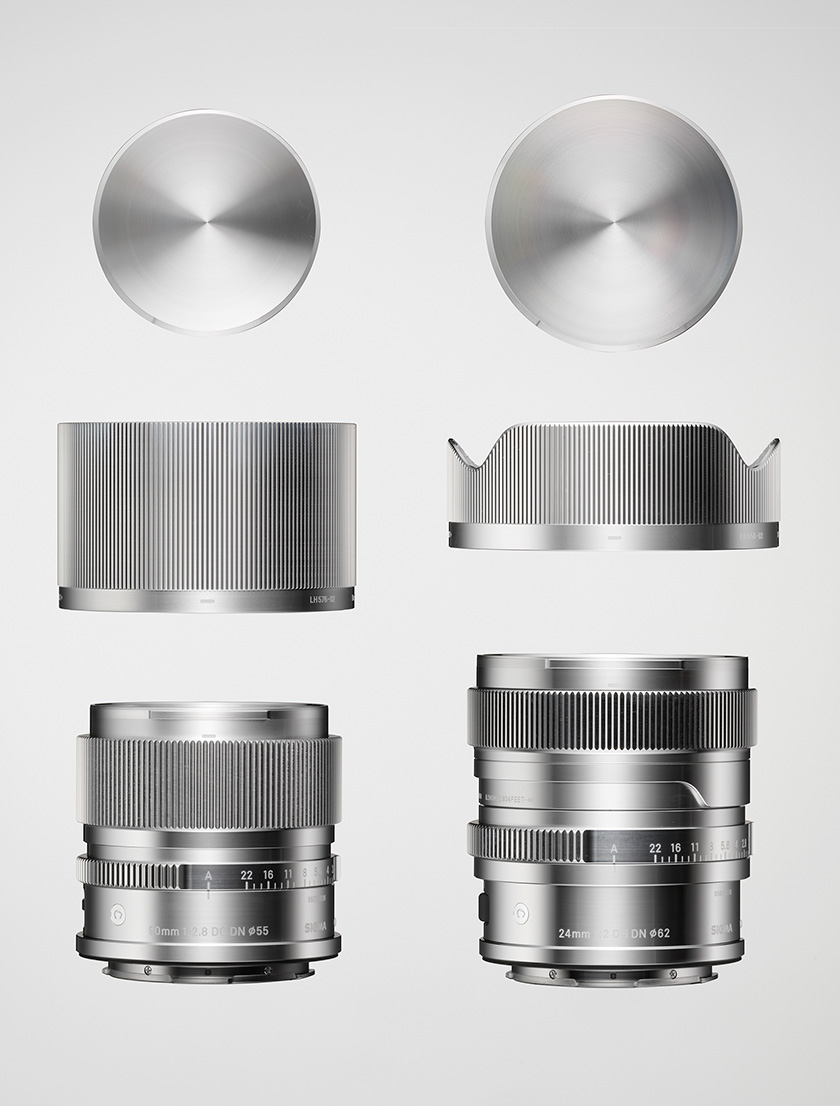
A lens is a piece of your camera gear. But it's also something you spend your time with when taking
pictures.
When you think about it that way, there are so many factors you’d care about other than the images
you take with it.
I series lenses are so satisfying to use and feel so natural in the hand that you’ll want to reach
for one every time you shoot.
I series lenses are more than a tool that takes beautiful pictures.
They are designed to enhance your photographic style.
They are built to help you achieve your creative vision.
They are as much about the journey as the results.
That is the concept behind the letter ‘I’ in this new series.
We believe that the I series is unique in being able to meet these expectations.
The SIGMA I series features full-frame compatible lenses that offer new value to mirrorless systems. The combination of superb optical performance with a level of compactness that is perfectly suited to smaller and lighter modern mirrorless cameras will bring you new opportunities for a perfect shot.
SIGMA is aware that in today’s world we have a wide range of camera choices, especially with the increase in mobile phone ownership. But with many photographers looking for something more than something that simply captures images when they choose to own a camera and lens, I series lenses offer the ultimate combination of superb optical performance, outstanding usability and compact form-factor.
SIGMA’s excellence in development and production technologies has been built up since our founding in 1961 and became increasingly sophisticated with the introduction of the SIGMA Global Vision brand in 2012. With this as a base, SIGMA has given careful thought to the quality of the products, the feeling of using it and the pleasure of owning it. This is how the I series was born.
Here are the three “I”s that are key to gaining insight into this concept:
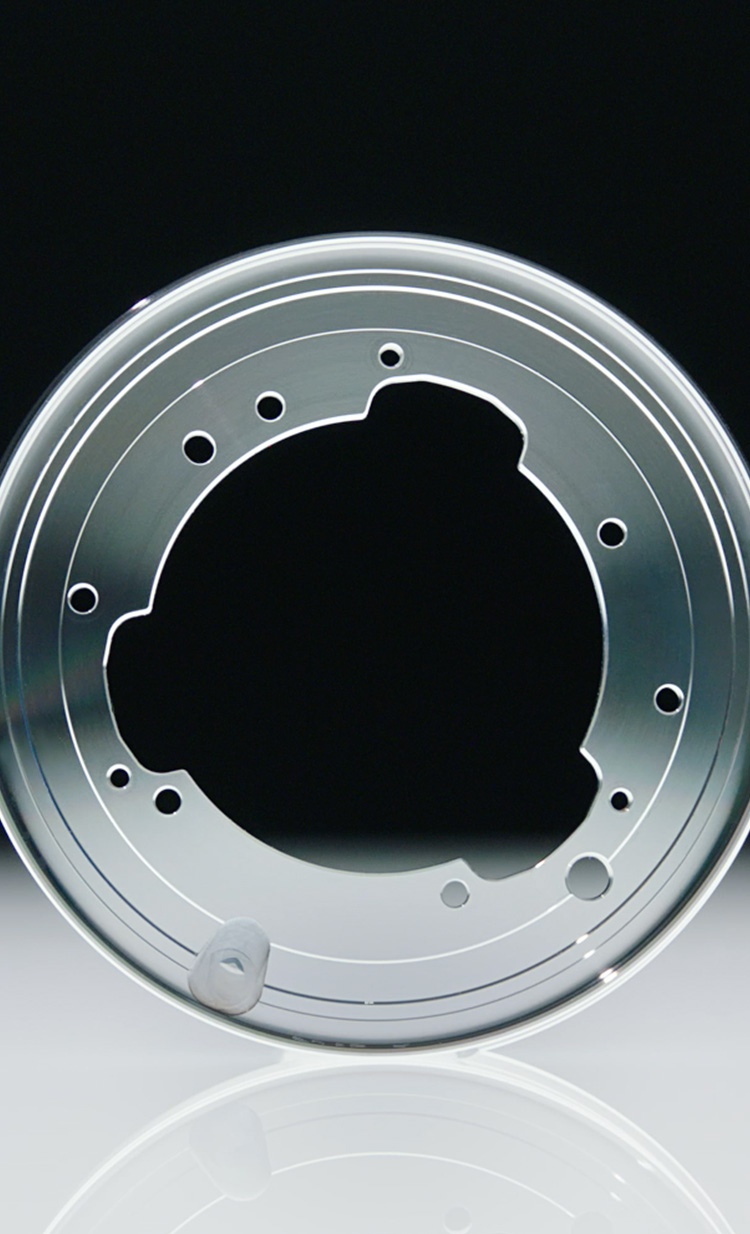
“Genuinely Made in Japan” has been SIGMA’s identity since it was founded. It shines through in every aspect of the I series, including the manufacturing, metalworking, and assembly technologies.




The I series is all about the pleasure of ownership. It’s an amalgamation of technological
expertise we have, put into giving a real feeling of quality to the product. The lens body in
particular is well beyond the level that’s needed.
That said, we were able to achieve a level of sensory quality unique to the I series, precisely
because we went the extra mile. Let us show you what makes the I series so special.



From exterior parts to inner structural parts, on which the operation ring slides,
the I series is produced from the machining of metallic materials. It has a
luxurious construction very similar to the SIGMA CINE LENSES range, which is
designed to withstand heavy use by professional image-makers.
Chiefly using robust metallic materials that can make the lens much more durable,
and no alternative material can offer the same feeling of solidity and weight, or
such a stylish look and feel.
A large number of grooves called ‘knurling’ are cut into the hood, the focus ring
and the aperture ring, improving the lens operation by serving as slip resistance
and giving the lens a premium look and feel unique to the I series.
All the grooves are cut one by one, a meticulous process that ensures a luxurious
finish.
On the exterior of the metal barrel, a matting treatment called blast, in which
particles are blown onto the surface, is applied. Also a treatment called alumite,
in which an oxide film is produced on the surface to make it black, is added.
A combination of these two treatments create a unique gloss and texture. As I series
lenses have metal parts lying next to each other, a high level of quality control is
required to prevent a difference in the finish between adjacent parts. This is
achieved using the know-how obtained through the manufacture of SIGMA CINE LENSES.
The part on which the scale of the aperture ring is engraved and the part on which
the base line and the product name are engraved have the same diameter, naturally
connecting the two adjacent parts on the plane of the same height.
This connection on the plane also constitutes extreme precision of manufacture
specific to the I series. Any deviation that occurs in part processing can lead to a
gap, which creates a difference in level, or a slight protrusion, when the parts are
put together as a lens.
The matched surfaces are the proofs of the processing accuracy. Please trace this
part with your finger and feel a natural connection.
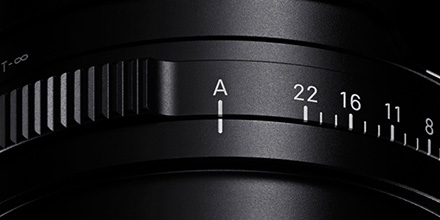
The aperture ring offers a precise, definite action, with great attention paid to ensure the click is well-defined but not too sharp. Sound-deadening grease is used to create a more rounded sound.The touch that one feels when the operation ring hits the edge was crafted so that it can produce the right strike feeling
The focus rings of the I series lenses have fluid-like, well-damped movement. They
are very smooth when they begin to move, and then offer the right amount of
resistance owing to the viscosity of the grease used in their construction.
The realization of this movement was made possible owing to the extreme engineering
precision of both external and internal structural parts. The near-perfect roundness
of the focus ring was achieved by a sophisticated metal processing technique at the
SIGMA Aizu factory that aids very fine adjustment. The precision of the focus ring
movement demonstrates our exceptional attention to detail in the design, manufacture
and assembly of these lenses.
A newly-developed dedicated long-stroke switch has been adopted to change the focus
mode on the 20mm F2 DG DN | Contemporary, 24mm F2 DG DN | Contemporary, 35mm F2 DG
DN | Contemporary, and the 65mm F2 DG DN | Contemporary. To create a solid click
action when the switch is shifted, it incorporates an intricate mechanism including
a spring, a steel ball, and a dedicated press part.
However, adopting these mechanisms increased the switching speed, which presented
two drawbacks: a sharper action and increased sound. To improve these, a mechanism
for enclosing sound-deadening grease in the switch unit was added, helping reduce
the operational sound.

In the development of the I series, meticulous attention was paid to the touch and
feel of the operational parts, which might remind some users of their experience of
using classic, pre-digital lenses.
But unlike on these older, classic lenses, on which the operational parts were
mechanically connected to the inner structure, the I series, which is designed
exclusively for mirrorless cameras, works in a different way, bringing a range of
advantages. The focus ring adopts a by-wire system, while the aperture ring is
operated electronically. In other words, it is possible to achieve the perfect
operational movement without being restricted by the inner structure, as the two are
not mechanically linked.
This latest technology allows the best experience when using these lenses, and is
another reason that the I series was born from the Contemporary line.
A cover ring is used between the focus ring and the aperture ring on the 20mm F2 DG
DN | Contemporary, 24mm F2 DG DN | Contemporary,35mm F2 DG DN | Contemporary and the
65mm F2 DG DN | Contemporary.
This is the position where the fingers naturally sit and it enables easy attachment
and removal of the lens from the camera. In addition, the tactile finish of the
surface is a combination of the trajectory of a cutting blade and alumite layer.
This is adopted in parts of the Art lens mount as well, which delivers a brushed
finish that represents the iconic design of the lens body.
In the I series, all letters and lines are engraved by lasers, which are able to
create extremely fine lines compared with preprint, and there is no risk of peeling,
which can occur with ink. However, having fine lines means having a thin scale and
baseline, which makes gaps more noticeable when the parts are assembled. For this
reason earlier SIGMA lenses did not have the scale mark on the aperture ring.
In the I series, to properly align the scale of the aperture ring to the base line,
lenses are visually checked and assembled one by one without creating a guide for
assembly in the part.
The 24mm F2 DG DN | Contemporary, 24mm F3.5 DG DN | Contemporary, 35mm F2 DG DN |
Contemporary, 65mm F2 DG DN | Contemporary and the 90mm F2.8 DG DN | Contemporary of
the I series are accompanied by a dedicated magnetic metal lens cap, in addition to
a normal plastic cap. This dedicated metal cap clips to the front surface of the
lens magnetically. It is no exaggeration to say that this meticulously crafted cap
represents the finishing touch for the I series.
SIGMA I series | Magnetic Metal lens Cap Promotion Video
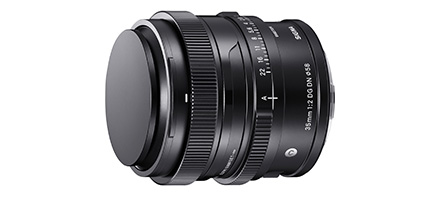
When a cap is removed from the lens it should have a proper place where it can be
kept. Using this as a starting point, a cap holder using the magnetic force of the
dedicated cap was created.
With the cap attached to the ring plate, and the plate clipped to a bag or belt, the
cap is always within easy reach and is less likely to get lost. Plus, its elegant
design is a stylish addition to a photographer’s equipment.

On the dedicated metal hood, the bayonet section was made of plastic with the goal
of obtaining a smooth and secure attachment to the lens. Since a metal and a plastic
part rub directly against each other, a special plastic material was adopted to
improve durability and smoothness. It achieves both sturdiness and elegance, which
makes the I series unique.
As with the main body, all of the sections except the sliding section adopt metallic
materials and are molded through machining. The hood requires a totally different
cutting pattern for the inside and the outside. Grooves called knurling are engraved
on the outside, while notched level differences called light shielding lines are
engraved on the inside. These are created one-by-one through an intricate process.


The I series’ optical design has state-of-the-art technologies built in, including the mirrorless-exclusive design that takes advantage of a short flange back distance and high-precision aspherical lenses. It combines the superb optical performance needed to shoot full-frame with a compact design.